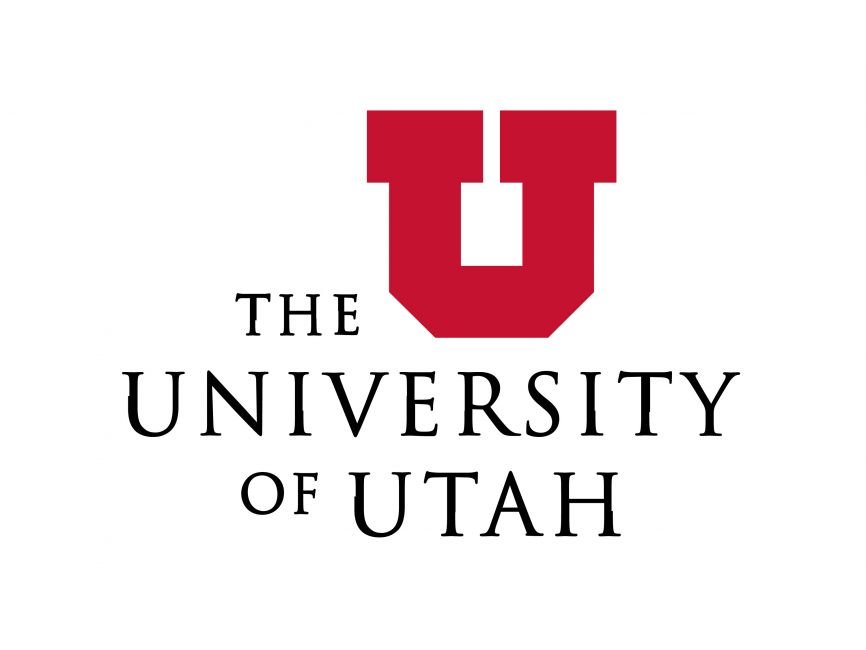University Innovation Alliance x Arizona State University x Purdue University x University of California, Riverside x The University of Utah x Michigan State University x University of Buffalo x Iowa State University x University of Illinois Chicago x Virginia Commonwealth University x The University of New Mexico
Scaling Academic Innovation to Address Equity Gaps
College and university completion rates have steadily declined over the last few years, with these challenges having been exacerbated by the COVID-19 pandemic. Just 1% of college courses are now responsible for more than 30% percent of all drop, fail, or withdrawals (DFW) of students – and students of color and those from low-income backgrounds are disproportionately more likely to earn poor grades in or withdraw from these courses. However, with clear and scalable interventions to lower DFW rates, institutions can improve post secondary student success and work to increase overall completion amongst our nation's colleges and universities.
The University Innovation Alliance, a national consortium of large public research universities innovating together to dramatically increase the number and diversity of college graduates in the US, is partnering with Axim Collaborative to focus on innovative teaching and learning practices that can lower DFW rates particularly in gateway STEM courses. The project builds on the existing University Innovation Lab platform which connects institutions with tools, resources, and professional development to improve student outcomes. It will prioritize achieving undifferentiated outcomes for students and is intended to scale successful approaches across the UIA network, with an initial focus on STEM gateway courses.
This collaboration is designed to affect the following outcomes at an institutional and sector level:
Expanding Inclusive Pedagogy: Foster adoption of inclusive student-centered pedagogies that engage all learners and make classrooms more welcoming and conducive to learning.
Enhancing Student Support: Implement comprehensive support structures that address the holistic needs of underserved students.
Improving Data-Driven Teaching and Learning: Use data analytics to improve real-time teaching, identify areas of improvement, and continuously refine learning innovations to enhance their impact on student success.
COLLABORATORS
Chief Executive Officer; University Innovation Alliance
Dr. Bridget Burns
President; Arizona State University
Dr. Michael Crow
Dr. Candice Staples
Senior Director of Alliance Engagement; University Innovation Alliance

















